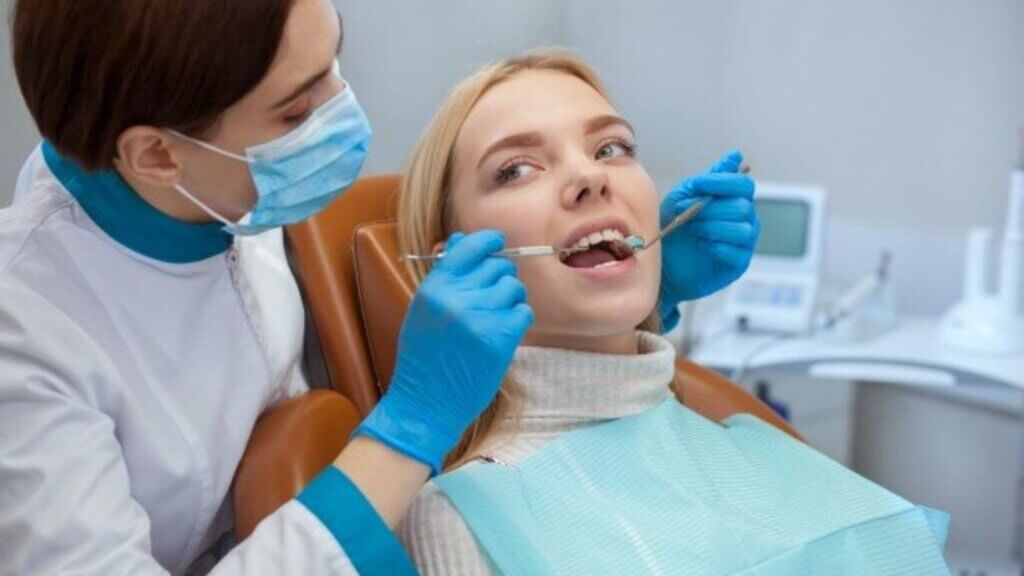
Publication 502 is a reference guide to help taxpayers understand the itemized deduction for medical and dental expenses they may claim on Schedule A of Form 1040. It covers what types of expenses you can include, who can claim them, and how to figure out the most accurate dollar amount for your deduction. However, while it’s a useful guide, there are some kinks to keep in mind when using it in connection with your Flexible Spending Account (FSA), Health Savings Account (HSA), or Health Reimbursement Arrangement (HRA). It’s also not designed to take into account the unique rules for reimbursing expenses under these plans.
One example is the nebulous description of what qualifies as an eligible medical expense. For example, a visit to a Christian Science practitioner is a bona fide medical expenditure, but it’s not clear whether it is a “big” cost or just a small one. Another example is the nebulous description for what qualifies as an eligible dental expenditure. Although many dental procedures can save taxpayers from serious medical problems, such as tooth decay and cavities, they are not included in the current list of eligible expenses.
While Pub 502 is a useful guide, it should be refreshed to more clearly define the medical and dental expenses worthy of a mention, include more eligible expenses related to disease prevention, incentivize healthy eating and exercise behaviors, and be religiously neutral.

What are Medical Expenses?
When it comes to tax time, medical expenses can make a big difference in your bottom line. But before you decide to claim them, you must ensure that they meet IRS qualifications for a deduction. One way to do this is by reviewing IRS Publication 502 to see what expenses qualify. It lists commonly incurred medical expenses in alphabetical order.
Expenses that qualify as medical expenses include amounts paid for prescribed medicines or drugs. Prescription drugs are those that must be ordered by a physician, dispensed through a pharmacy, and used for the treatment of a specific medical condition. For example, the amounts you pay for a blood sugar test kit are qualified expenses, as are costs associated with the use of a nebulizer or peak flow meter for treating asthma.
Other qualified medical expenses include amounts you pay for a guide dog or other animal trained to assist people with disabilities. Amounts you pay for services to keep your medical records so they can be retrieved from a computer data bank are also qualified. You can also include in your medical expense deduction expenses for dependents who have died. These expenses can include costs for a decedent’s health insurance, Medicare Part A premiums, social security, and FUTA taxes paid to an attendant who provides medical care in a household.
You can deduct on Schedule A (Form 1040) only the part of your medical and dental expenses that exceed 7.5% of your Adjusted Gross Income. You can also deduct health insurance premiums if you are self-employed and the health coverage tax credit that is available to certain individuals.

What are Dental Expenses?
Major dental care costs that may be included in your medical expenses for tax purposes include dental surgery, braces, extractions, and artificial teeth. Other qualified dental care includes related costs such as X-rays and medications prescribed by your dentist.
Cosmetic procedures such as tooth whitening are not eligible for deductions, but preventive dental care such as teeth cleaning and visits to the dentist may be. Dentists’ fees and malpractice insurance are the two most common costs. They usually increase with the number of patients and services provided in practice.

What are FSA expenses?
A flexible spending account (FSA) is an account set up as part of your health plan that you can use to pay for medical, dental, and vision expenses that are not covered by your health plan. These accounts can help you save money by reducing your out-of-pocket costs and by letting you deduct the amount you spend on these expenses from your income.
You can purchase some things with your FSA, but you must meet specific criteria to be eligible to spend the money. These criteria vary depending on your FSA type, so checking with your employer and/or administrator for more information is important.
For example, a mattress or special bedding that you purchase with your FSA money is a qualified expense if it’s authorized by your physician to treat a medical condition and is more expensive than similar regular bedding. Also, the cost of a wheelchair that you use for a physical disability is a qualified expense.
Other items that are eligible for reimbursement under a healthcare FSA include menstrual care products, such as pads, tampons, and liners. In addition, over-the-counter pain relievers and fever reducers, such as Aleve and Tylenol, are now eligible for reimbursement through your FSA. Previously, these items needed a prescription in order to be reimbursed.